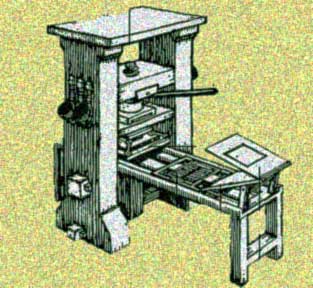The Public Sphere

In chapter one of Paul Starr's Creation of the Mass Media, the author mostly talks about the Public Sphere. The definition of Public Sphere would be best described on page 24 in the text.
" The term 'public sphere' combines both senses when conceived as the sphere ofThe public sphere consisted of literate people, mostly elites involved with the government or the church. Without the invention of the printing press the public sphere would have not been possible. The printing press made the distribution of books and information more wide spread.
openly accessible information and communication about the matters of general
social concern." (Starr, Pg. 24)
Along with the printing press came the development of the postal service and roads. The system enabled the exchange of information possible, for example, between two people living at a distance. The exchange of ideas and local news between two different areas was a major advance to the public sphere.

1 Comments:
A decent post summarizing a couple of key points.
We have already discussed the public sphere at length in previous posts and comments, but you have done a good job of summing up some key points here.
The public sphere can only be understood in a specific historical context. The expansion of the public sphere in the U.S. from the colonial era until today makes a democratic society possible. The smaller the public sphere the closer we come to elite rule rather than government by the "people."
Post a Comment
<< Home